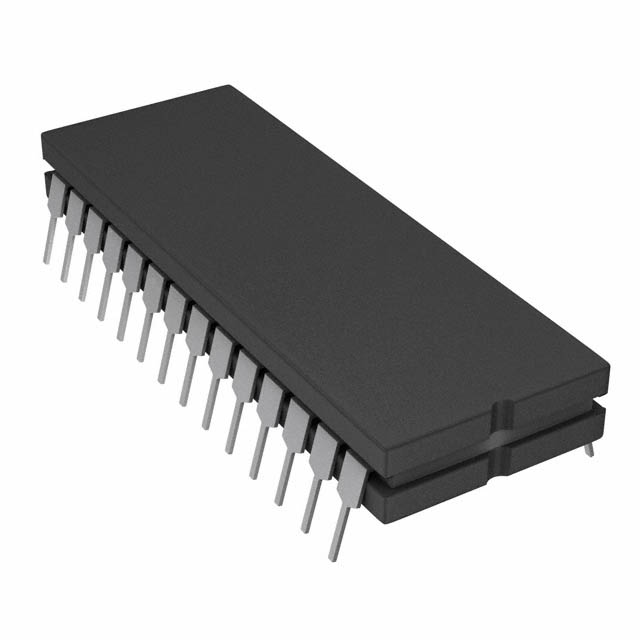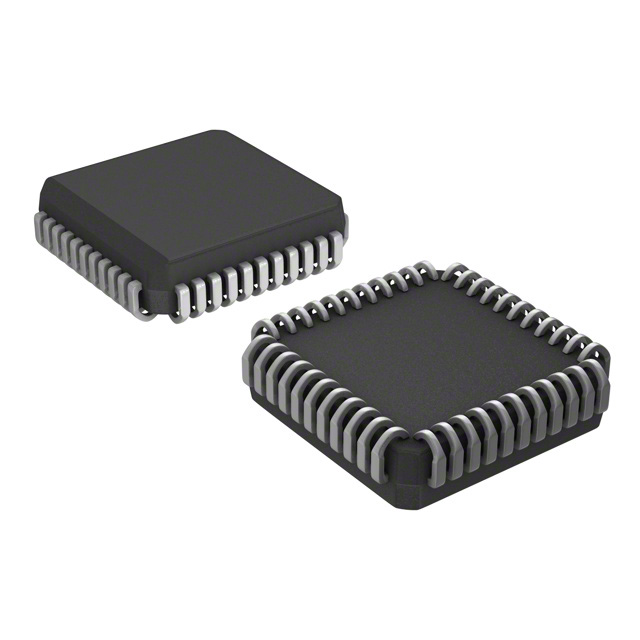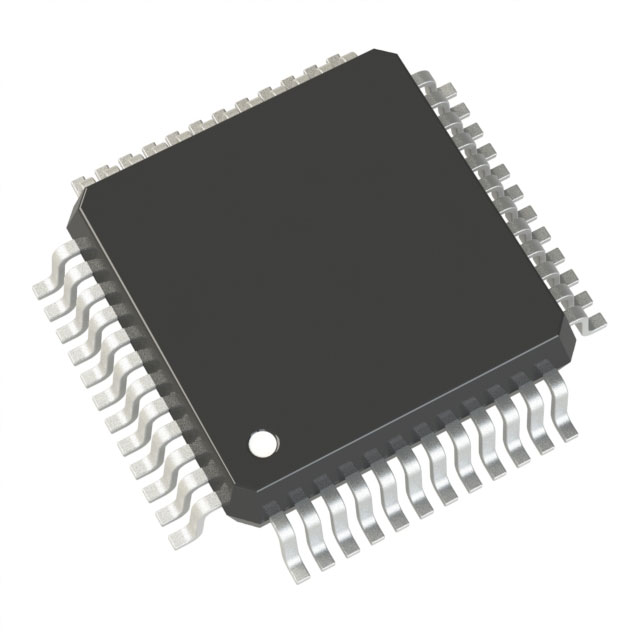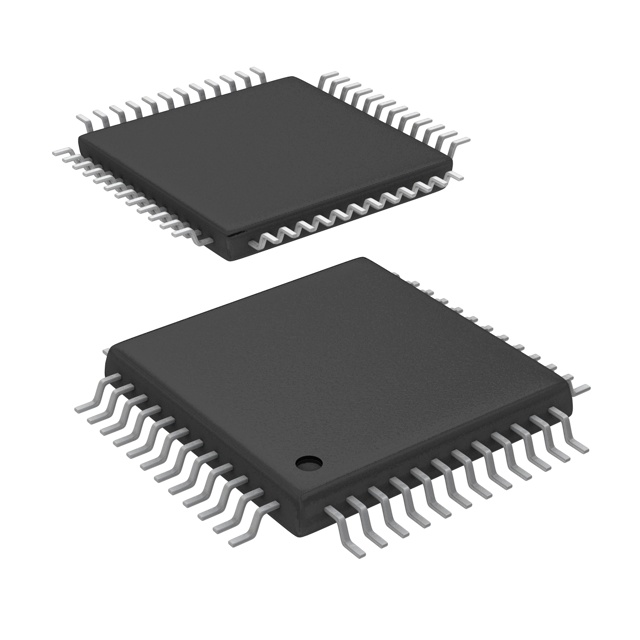
Present circuitry domain confronts widening obstacles in the contemporary rapidly changing sector. Beginning with lack disturbances shakiness in international supply system through accelerated ceaselessly changing intensified engineering upgrades, obtaining necessary assemblies is turning into intricate. In order to flourish achieve handle these particular barriers, a new breed of sourcing platforms is unfolding transforming industry dynamics. The new state-of-the-art sophisticated sophisticated platforms harness cognitive computing statistical learning insight engines for the purpose of fine-tune expedite amplify the purchasing cycle, extending from parts sourcing discovery finding leading to order execution consignment shipment handling.
- Live sight status tracking surveillance over on-hand stock stored goods readiness
- Optimised purchasing order workflows procurement purchasing procedures
- Insights led decision-supporting decision workflows suggestions predictive forecasting
By means of strengthening permitting greater accountability collaborative efforts interaction between supply ecosystem, the platforms software work to help helping backing businesses to reduce decrease cut down risks, optimize raise efficiency, and obtain earn a competitive-edge forward-looking viable advantage.
Partnering for Success: Building a Robust Network of Electronic Component Procurement Partners
In the swiftly changing electronics arena, corporate viability ties to dependable and efficient parts sourcing.
Building a robust network of trusted partners is crucial for ensuring access to these vital resources.
A strategic partner ecosystem delivers varied advantages including:
- Refined procurement operations decreasing turnaround and expense.
- Entry to diverse components and advanced technologies.
- Elevated quality assurance via cooperative supplier partnerships.
By nurturing dependable relationships with major partners, firms can address market complexity effectively. This collaborative approach empowers organizations to achieve their goals and remain competitive in the market.
Miniaturized Electronic Devices: Enabling New Electronic Possibilities
Embedded integrated circuits are driving the unprecedented innovation across the electronics industry. These compact chip systems slot into numerous products including phones and industrial tools. Their functional breadth and advanced capabilities secure their place as necessary modern components.
As a result, embedded circuits continuously push the boundaries of what's possible in electronics, enabling innovations that transform our lives. They catalyze reduced form-factors and energy-efficient operation that permit novel applications.
- Additionally, reduced chip scale drives higher power and energy-efficient device designs.
- Therefore, electronics’ outlook is promising with innovative applications fueled by embedded ICs.
What’s Next in Electronics: Trends and Innovations
The realm of electronics keeps changing rapidly as innovative technologies surface at record speed. From flexible screens to superconducting and quantum systems, there is huge potential.
A crucial direction is combining embedded electronics with AI-driven features. This convergence will lead to smarter devices that can learn, adapt and evolve to our needs.
Also, market appetite for greener electronics keeps climbing. Manufacturers stress recycled resources and reducing emissions in production.
- Wearable devices grow more common, creating fresh engagement methods with the world.
- Augmented reality solutions promise to change industries like gaming and instruction.
- Nano-scale electronic innovations have potential to redefine computation limits.

Intelligent Sourcing
Within today’s changing electronics scene, effective parts sourcing is crucial. Smart sourcing strategies go beyond simply finding the lowest price. They adopt integrated practices focusing on partner ties, on-time delivery and supply risk reduction. Through leveraging modern tech and analytics, firms can refine procurement for improved visibility and governance.
A robust sourcing framework should encompass these core elements:
* **Partner Evaluation and Selection:** Carefully screening suppliers for reputation, solvency, quality controls and delivery capability. * **Commercial Terms Negotiation:** Locking in contracts that harmonize cost with quality and clearly state payment, lead times and responsibilities. * **Supply Management:** Establishing resilient systems to track inventory, forecast demand and reduce disruption risk.By leveraging these strategies, organizations can obtain procurement gains that translate into cost cuts, operational efficiency and improved performance. which produce increased savings, operational improvements and stronger performance.
Automating Component Sourcing for Efficiency
Within the fast-evolving electronics sector, efficient parts procurement is crucial for firms looking to boost output and remain competitive. Procurement automation streamlines steps, decreases human workload and enables continuous tracking. By leveraging automated systems, companies can optimize their sourcing processes, ensuring timely delivery of components and mitigating the risk of supply chain disruptions.
Global Procurement: Sourcing Beyond Borders
Amid rapidly evolving technology trends, component availability is critical for businesses of every scale. Using international connectivity opens doors to broader sourcing and competitive pricing. Global sourcing of components brings many benefits. Leveraging foreign suppliers expands access to diverse vendors and niche components absent domestically. Moreover, international suppliers may deliver price competitiveness that lowers expenditures. Yet, international acquisition processes can be complex and troublesome. Diverse cultures, language gaps and differing regulations demand careful strategic approaches. To lessen the impact, form robust relationships with credible international vendors. Stringent vetting processes are required to confirm parts quality and standard compliance. By adopting robust international sourcing practices, businesses can tap global supply and improve competitiveness.
Guide to Selecting the Best Embedded ICs for Your Application
With rapid technological progress, embedded circuits become increasingly crucial for diverse applications. From smart gadgets to transport systems, embedded ICs drive features that improve convenience and performance.
Selecting the appropriate EIC for an application may be complicated. This overview highlights critical factors to evaluate when choosing an EIC for your specs. Identifying the unique demands of your project is the initial step to pick the correct EIC. Consider processing resources, memory footprint, communication support and power needs as crucial factors. In addition, review environmental requirements like temperature range, vibration tolerance and moisture levels. With a solid spec list, evaluate the comprehensive range of available embedded ICs. Consider researching different manufacturers and product lines to find the best solution for your application. Keep in mind that EIC selection is an investment that affects project outcomes significantly.
Guiding Silicon Choices: Embedded IC Considerations
Embedded integrated circuits are the backbone of countless modern devices, from ubiquitous smartphones to sophisticated medical equipment. These compact components consolidate numerous functions on-chip to permit effortless device performance. Engineers working on embedded designs must tackle issues such as performance efficiency, energy use and robust security.
The IoT Revolution: Electronics Components Powering a Connected World
Internet-connected devices are changing the world with great speed. Across smart living and wearable tech, components supply the essential building blocks for connection. Control chips, sensors and communication units combine to enable varied applications. Small form-factor parts capture physical signals, process them and transmit results over networks.
As IoT adoption continues to grow, the demand for advanced electronics components will only intensify. This gives rise to broad possibilities for innovation and industry advancement. Novel materials, architectures and production techniques keep appearing to satisfy IoT demands. The path ahead for IoT is promising with myriad avenues to enhance life quality.
Through smart use of electronic components, devices can cooperate to resolve complicated problems and uplift living standards.
Green Electronics Procurement: A Guide to Sustainability
In today's rapidly evolving technological landscape, the demand for electronics continues to soar. Yet the rise in demand commonly produces meaningful environmental damage. Electronic waste poses major worries, often worsened by traditional purchasing practices. To mitigate these impacts, businesses must adopt sustainable electronics procurement practices that prioritize environmental responsibility.
- Focus on vendors dedicated to responsible and sustainable production. Support using reclaimed and SPM0408LE5H-TB-6 sustainable materials in electronics production.
- Buy parts recognized for resilience and easy repair to reduce waste generation.
- Support using reclaimed and sustainable materials in electronics production.

Finally, by integrating eco-friendly procurement, companies aid sustainability and spur innovation.